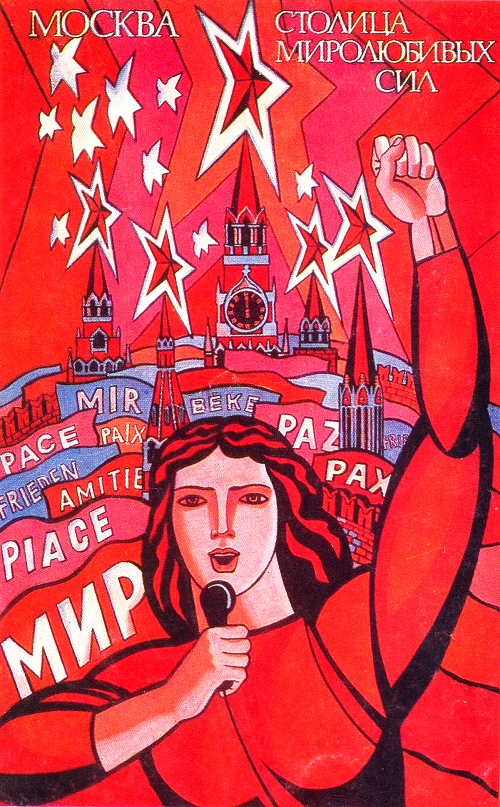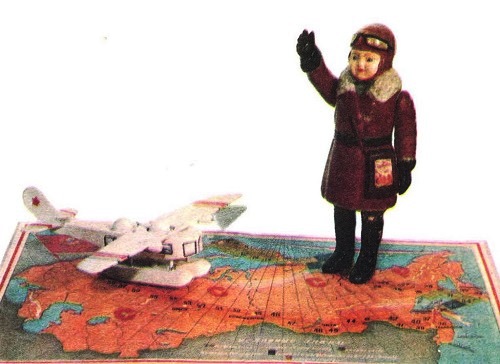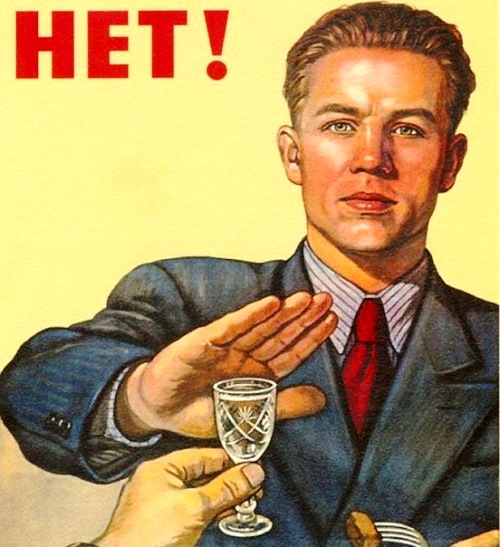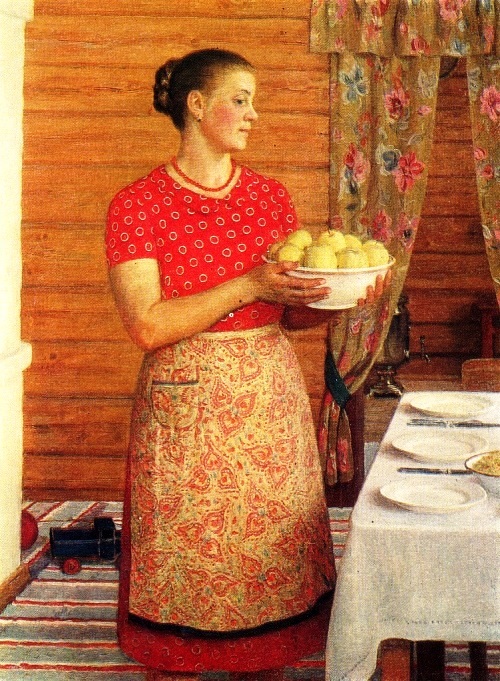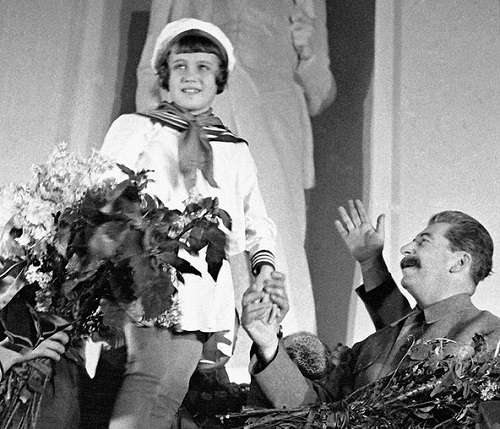White Lily of Stalingrad Lydia Litvyak
White Lily of Stalingrad Lydia Litvyak
This young blonde girl – the most productive fighter aviator in history. She has 16 downed aircrafts (four of them in a group). Soviet pilot Lydia Litvyak was a threat for Luftwaffe fighting in Stalingrad and Rostov. On the hood of her fighter was painted white lily, that’s why she was called the “White lily of Stalingrad.” Lydia (Lily) Litvyak was born in Moscow on August 18, 1921. Since the age of 14 years she worked at the Aero Club. At age of 15 she had already made her first solo flight. After Kherson aviation school of pilot instructors she worked in Kalinin. She trained 45 pilots.
Read more »

